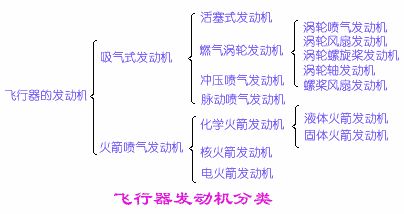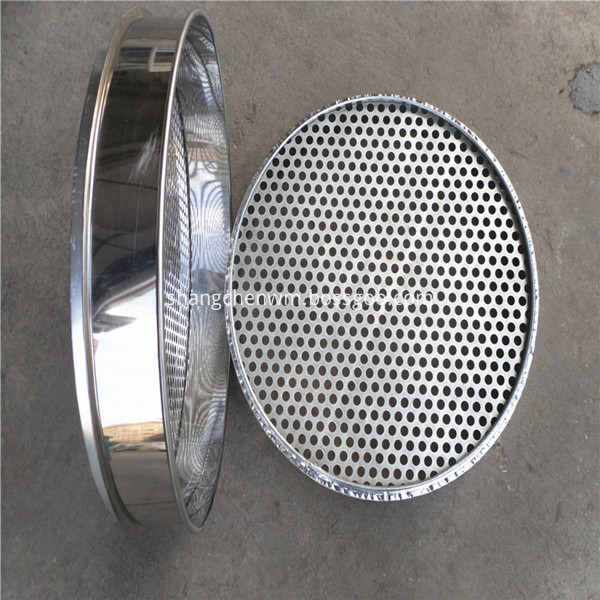
The main function of the aircraft engine is to provide propulsion power or support for the aircraft, which is the heart of the aircraft. In the decades since the advent of the aircraft, the engine has grown rapidly, from piston engines used in early low-speed aircraft to jet engines that can propel aircraft at supersonic speeds, as well as launch vehicles that can be in outer space. Working rocket engines, etc. Today, aircraft engines have formed a large family with a wide variety of uses.
There are two common classification principles for aircraft engines: the principle of whether air participates in engine operation and the engine generates propulsion power. According to whether the engine requires air to participate in the work, the aircraft engines can be divided into two categories, which are as follows:
The air intake engine is referred to as an aspirating engine. It must suck in air as an oxidant (combustion aid) for fuel, so it cannot work in a space outside the dense atmosphere and can only be used as an engine of an aircraft. Generally speaking, an aero engine refers to such an engine. According to the working principle of the aspirating engine, the aspirating engine is further divided into a piston engine, a gas turbine engine, a ramjet engine and a pulsating jet engine.
The rocket jet engine is an air-independent engine that must be installed because it needs to fly outside the atmosphere. It can also be used as a driving force for aircraft. According to the different energy sources that form jet flow energy, rocket engines are divided into chemical rocket engines, electric rocket engines and nuclear rocket engines.
According to the principle of generating propulsion power, the engine of the aircraft can be divided into two types: direct reaction engine and indirect reaction engine. The direct reaction engine uses a backward jet high velocity airflow to create a forward reaction force to propel the aircraft. Direct reaction engines are also known as jet engines. These engines include turbojets, ramjets, pulsating jet engines, and rocket jet engines.
The indirect reaction engine is driven by the propeller of the aircraft, and the rotor of the helicopter rotates to work on the air. When the air accelerates backward (downward), the air reacts to the propeller (rotor) to propel the aircraft. Such engines include piston engines, turboprop engines, turboshaft engines, turboprop fan engines, and the like. The turbofan engine has both direct and indirect reaction forces, but it is often classified as a direct reaction engine, so it is also called a turbofan jet engine.
The metal sieve be made from woven wire mesh or Perforated Metal mesh, the surface treatment of metal sieve: polishing, spraying, galvanized, the color can be made as per customer's need .
Using of metal Sieve: screen glass grains, grains, raw coal, medicines and so on. It can also be used for precision filtration of metallurgy, wine industry, medicine, chemical industry, agriculture, food, grain, cement, coal, geology, scientific research and other industries.
The advantages of metal sieve:
- Good filtering .
- Corrosion resistance.
- Easy to clean.
- Acid and alkali resistance,
- High temperature resistance
- Uniform aperture size
- Small orders accepted
- Long using life.
- Easy to use and treansport.
- Wide application

Metal Sieve
Metal Sieve,Perforated Metal Sieve,Metal Garden Sieve,Stainless Steel Sieve,Mine Screen Mesh,Filter Mesh Sieve
ANPING COUNTY SHANGCHEN WIREMESH PRODUCTS CO.,LTD , https://www.scfiltermesh.com